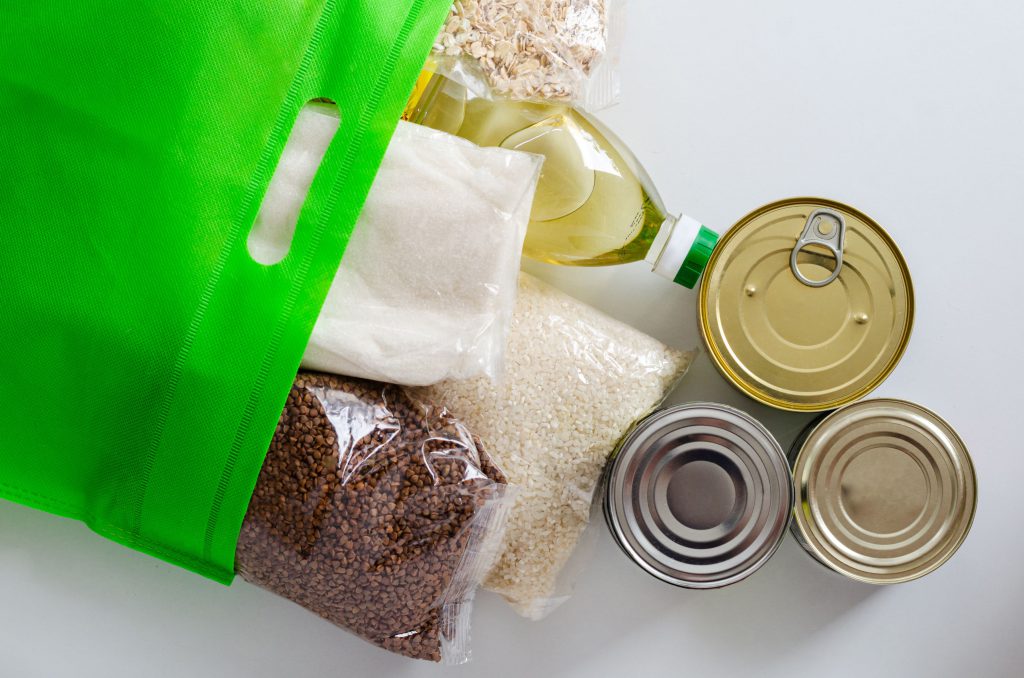
Table of Contents
You have options when it comes to packaging your next product. Rigid packaging formats and semi-rigid formats represent two of them. Read on to learn more about these two formats:
Rigid vs. Semi-Rigid Packaging
Rigid. Semi-rigid. Ever wondered what the differences and pros and cons of each format are? Here’s an overview:
What is Rigid Packaging?
Boxes. Containers. Jars. Pails.
Fitting to the name, rigid packaging refers to any type of package that’s… well, rigid. If you order an item online and it comes in a corrugated box, that’s an example of rigid packaging. If your pasta sauce comes in a glass jar, that’s another example of rigid packaging. Just about every market and every retailer uses rigid packaging to some extent.
Pros & Cons
Pros:
- Rigid packaging tends to offer robust product protection.
- It’s suitable for a wide range of products – from soft goods to liquids.
- It can be a safer option and help preserve the integrity of products from manufacture to delivery.
- It can largely be recycled.
Cons:
- It can be more expensive than semi-rigid and flexible packaging.
- It’s often bulkier and heavier compared to other types of packaging formats.
- While rigid formats are often fully recyclable, they use more materials and generate greater waste.
What is Semi-Rigid Packaging?
Semi-rigid packaging is a packaging format that combines both rigid and flexible packaging formats. One example of a semi-rigid packaging format is bag-in-box, which features an outer corrugated (rigid) box that protects the flexible bag that stores the product within it. Aluminum is another material that’s often used as semi-rigid packaging.
Pros & Cons
Pros:
- It’s a very durable format, while also preserving shelf life and product quality.
- It’s often a lighter format, helping save on storage space and transportation costs.
- It can represent a more convenient packaging option compared to other types of packaging.
- It’s often a more cost-effective packaging option.
Cons:
- Though partially recyclable, it’s not fully recyclable.
- In certain applications, it provides less protection than rigid formats and is more prone to punctures and environmental damage.
Which Type of Packaging Should You Choose for Your Products?
Rigid vs semi-rigid packaging? What’s best for your product or application? It really depends on what you’re looking to accomplish with your packaging.
If you’re looking for a more conventional format that will get the job done, rigid packaging is probably just fine. But if you’re looking for a more innovative format that costs less, saves space, and offers enhanced flexibility over conventional packaging formats, then semi-rigid packaging formats are worth pursuing.
Contact CDF Today
Contact us today to learn more about the differences between rigid and semi-rigid packaging and to explore our range of packaging options.